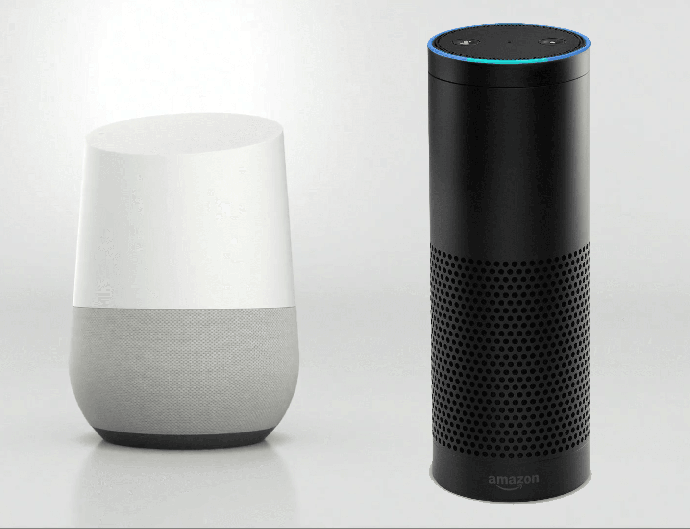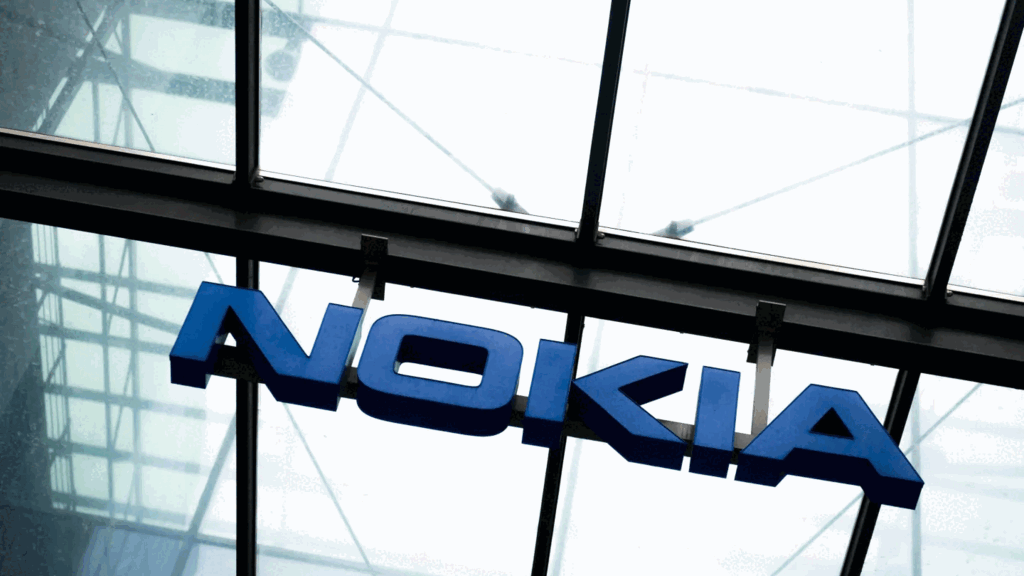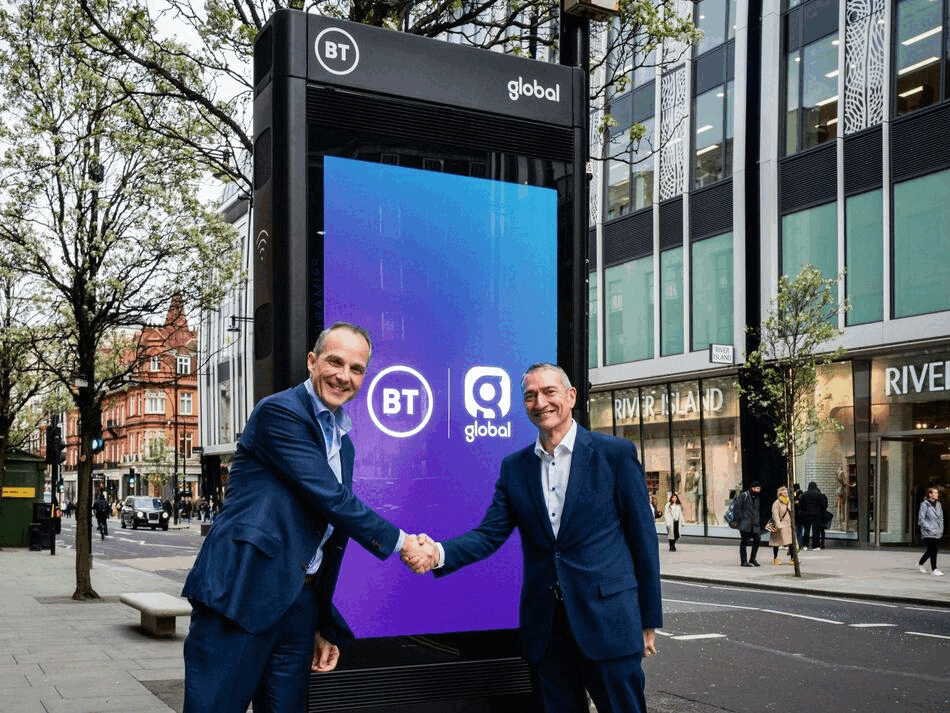Nuance launches cognitive arbitrator to connect disparate virtual assistant platforms
- Wednesday, January 3rd, 2018
- Share this article:
 Nuance Communications has launched its cognitive arbitrator, which connects disparate virtual assistants, third-party services, and content across the smart home, car and enterprise in order to complete complex tasks.
Nuance Communications has launched its cognitive arbitrator, which connects disparate virtual assistants, third-party services, and content across the smart home, car and enterprise in order to complete complex tasks.
Nuance said the cognitive arbitrator is central to its vision of a world in which multiple virtual assistants work together to benefit end users through intelligent and effective conversational AI. It creates a singular, intelligent hub that listens, understands and routes a user’s request to the specialised assistant or content service best suited to accomplish the task. For example, a driver can talk to the in-car assistant to request driving directions and streaming music, and also make requests that will be routed to other third-party assistants that handle tasks such as shopping, food ordering, personal banking, and more.
The cognitive arbitrator also allows Nuance’s specialised virtual assistants to tap directly into other popular consumer-facing virtual assistants. Nuance is already integrating its Nina customer engagement assistant into Amazon Alexa, and has today announced Nina for Google Home. Nuance customers, including banks, airlines, telco service providers and retailers, who deploy Nina with cognitive arbitrator capabilities can now deliver services in the smart home through Amazon Alexa or Google Home.
“By 2020, there will be 26bn intelligent, capable, connected devices armed with conversational virtual assistants that manage nearly every possible consumer experience,” said Kenneth Harper, vice president, emerging solutions at Nuance. “These assistants all have strengths and specialties, but today, they rarely communicate with each other or work together across devices, and it’s the consumer who loses out. Plus, brands are forced to make rigid choices about whether to build their own highly specialised assistants or leverage open, general-purpose assistants. The introduction of Nuance’s cognitive arbitrator functionality solves this challenge, maximising our customers’ ability to provide their own unique and differentiated experiences to end users, while also offering interoperability to the world of other assistants that deliver useful services.”
The cognitive arbitrator enables both explicit and implicit handling of user requests. For example, a user can say: “Ask my bank what my balance is,” or “How much do I have in my current account?” and receive the same result, without having to reference a specific assistant or service by name
It also learns user preferences over time, including which assistant or content service the user prefers for specific tasks. It also offers contextual understanding of all the tasks completed from within any assistant, allowing users to modify previous tasks, such as: “Cancel my last order”. Finally, it integrates with multiple services and agents simultaneously to complete a series of complex tasks, such as: “Order my usual Chinese takeaway after my last meeting today”
The cognitive arbitrator is available now as part of the Nuance Virtual Assistant Platform that powers its Dragon Drive and smart home solutions, as well as Nina, the virtual assistant for customer engagement, and the Dragon Medical Virtual Assistant. Dragon Drive powers more than 200m cars on the road today across more than 40 languages, creating conversational human machine interfaces for Audi, BMW, Daimler, Fiat, Ford, GM, Hyundai, SAIC, Toyota and more. Nuance also provides automated and intelligent AI-powered solutions to large enterprises globally, with over 6,500 enterprises using Nuance’s self-service technologies, processing an estimated 16bn transactions each year.
















